The arrangement of provinces and cities is a comprehensive development strategy, considered in many aspects: area, population, natural conditions, culture - society, and especially the ability to create new development space, forming large-scale growth poles and higher competitiveness in the context of globalization. In particular, Hai Duong province when merged with Hai Phong city will have a special highlight, expanding the supply chain - logistics, industry, services... deep into the inland area of the North, creating sustainable development strength for the new Hai Phong city.
Promoting potential and advantages
Currently, Hai Duong province has a natural area of over 1,670km2 , located in the center of the Northern key economic region, on the Hanoi - Hai Phong - Quang Ninh economic corridor, is the gateway connecting the capital Hanoi with Hai Phong seaport and the Northeast region. Hai Duong province is oriented to develop into a modern industrial province, a dynamic industrial center of the Red River Delta, with a large economic scale in the country.
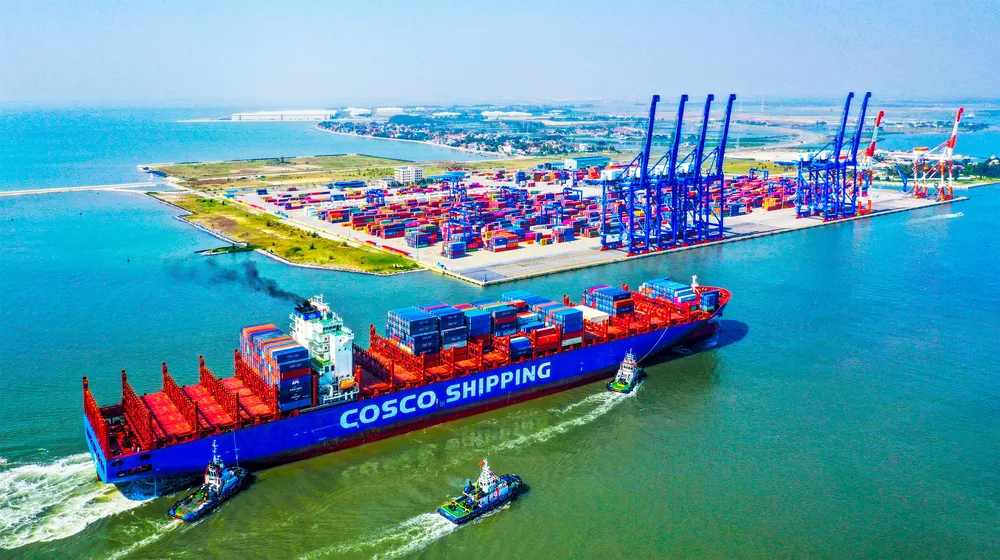
Meanwhile, Hai Phong City has a natural area of over 1,526km2 and a population of over 2.4 million people. The city has 15 district-level administrative units and 167 commune-level administrative units. As a class I urban area (national center), about 100km from Hanoi, Hai Phong City is one of the three important poles of the Hanoi - Hai Phong - Quang Ninh growth triangle, located on an important road connecting Hanoi with the provinces of Hung Yen, Hai Duong and Quang Ninh. Hai Phong City is identified as one of the major economic centers of Vietnam, an important center of seaport industry and logistics services of the whole country, and a center of training and scientific and technological research in the region.
In terms of economic, cultural and social development potential, Hai Duong province and Hai Phong city are geographically adjacent, both located in the Red River Delta, with terrain mainly low, flat plains, favorable for industrial, agricultural and transport development. These two localities have similar economic structures with the proportion of industry, construction and services over 74%; average income over 63 million VND/person/year, with a convenient transport infrastructure system, science and technology connection to expand the development space of the new city...
According to Hai Phong Party Secretary Le Tien Chau, Hai Phong City is determined to unleash all resources to promote economic growth associated with economic restructuring, taking science and technology, innovation, digital transformation and green transformation as the main driving force; creating modern, open and transparent development institutions; supporting private economic development, building a strong Hai Phong business community in the coming time. At the same time, continue to complete strategic infrastructure projects, especially the seaport system, airport, high-speed railway, making the city become the leading seaport, logistics and industrial center of the country.
In his speech at the 70th anniversary of Hai Phong City Liberation Day, President Luong Cuong emphasized that, on the solid foundation and achievements after 70 years of liberation, Hai Phong City has a great opportunity to become the leading city in the country in the cause of industrialization and modernization, standing shoulder to shoulder with typical cities in Asia; contributing to the whole country confidently entering a new era - an era of strong development and prosperity of the nation.
The President also requested the government, army and people of Hai Phong City to focus on promoting the achievements and results, to be highly united and unified, to take advantage of all opportunities, to overcome all difficulties and challenges, and to constantly strive to improve. In particular, the city needs to pay attention to proactively reviewing and perfecting the planning, especially when the competent authority decides to expand new development space in the direction of a modern, green, sea-oriented urban area; to develop riverside spaces into sustainable economic and service areas.
Traffic boost
With the merger of Hai Duong province and Hai Phong city, the port city's transportation advantages are expected to bring strong development opportunities to the region. In particular, major transportation projects that are being and will be implemented will create a breakthrough in economic and social development. Deputy Minister of Construction Nguyen Danh Huy said that Hai Phong city has all types of maritime, aviation, railway and road transport. In particular, Hai Phong seaport, the largest in the North, has formed 14 international transport routes.

According to the detailed planning for the development of land and seaport areas in Hai Phong for the period 2021-2030, with a vision to 2050 under consideration, the Hai Phong seaport system will be heavily invested to meet the volume of goods passing through from 175.4 million tons to 215.5 million tons/year, meeting the demand of 20,400-22,800 passengers/year. The Lao Cai - Hanoi - Hai Phong railway project, with a total investment of VND 203,000 billion, is also being prepared to start construction in mid-December. The merger of the two localities will help connect the transport infrastructure more synchronously and effectively.
Specifically, existing routes such as the Hanoi - Hai Phong Expressway will be managed, maintained, and upgraded synchronously, reducing investment duplication and increasing operational efficiency. National Highway 5 and National Highway 10 will have better traffic flow, expansion, and more convenient upgrades. With the advantage of Hai Duong as an industrial center and Hai Phong as a multimodal transport hub, the merger of the two localities with a common development strategy will help industrial parks connect easily, reduce logistics costs, and increase import and export capacity.
According to Mr. Tran Ngoc Chinh, Chairman of the Vietnam Urban Development Planning Association, the merger helps to form continuous cross-regional traffic axes, not limited by administrative boundaries. The Hai Duong - An Duong - Hong Bang route can be planned as a complete urban - industrial axis. Bus routes can be expanded, connecting more effectively between the urban center and satellite areas. The merged large urban area will create conditions for implementing BOT and PPP projects, attracting more infrastructure investors.
* Mr. Nguyen Ngoc Tu, Director of Hai Phong City Department of Finance: Increasing opportunities to attract domestic and foreign investment
The Department has proposed to the leaders of Hai Phong City People's Committee to implement planning and restructuring the development space according to the model of multi-polar urban - integrated industry - service, creating new momentum from the inner city and the suburbs, with modern administrative - industrial - logistics centers after the merger. Along with that, synchronously and modernly develop strategic infrastructure, focusing on completing the remaining wharves of Lach Huyen port; developing the new generation seaport Nam Do Son, Tien Lang international airport, Lao Cai - Hanoi - Hai Phong high-speed railway, logistics network and digital infrastructure covering to the commune level, creating the foundation for the digital economy, increasing opportunities to attract domestic and foreign investment. The Department will also submit to the City People's Committee to analyze 142 indicators in the Provincial Competitiveness Index (PCI) of Hai Phong City and Hai Duong Province, find strengths and points that need to be overcome to propose the city to improve its score, maintain its ranking position in the following years.
* DR. NGUYEN SI DUNG: Forming new growth poles
The merger of provinces and cities is not only a simple administrative reform, but also a powerful lever to create administrative units with large enough scale, enough development and connection. In particular, this is the premise, the necessary condition to form new growth poles on the regional development map. The new localities will create a continuous development space between the central urban area, coastal areas, plains and mountainous areas, thereby connecting the production - logistics - consumption - export value chain completely.
At this time, all conditions for action have been met. Politically, Resolution 60-NQ/TW has clearly oriented: administrative units must be large enough, strong enough, and not maintain a weak, dependent province status for a long time. Legally, the National Assembly has been finalizing the decision. Consensus among the people and businesses is ripe. If not implemented immediately, the historic opportunity will pass and the country will continue to be held back by an administrative design that is no longer suitable for the new development level.
Source: https://www.sggp.org.vn/sap-xep-34-tinh-thanh-khong-gian-phat-trien-moi-bai-1-cuc-tang-truong-phia-dong-them-manh-post800575.html



![[Photo] Heavy damage after storm No. 13 in Song Cau ward, Dak Lak province](https://vphoto.vietnam.vn/thumb/1200x675/vietnam/resource/IMAGE/2025/11/08/1762574759594_img-0541-7441-jpg.webp)




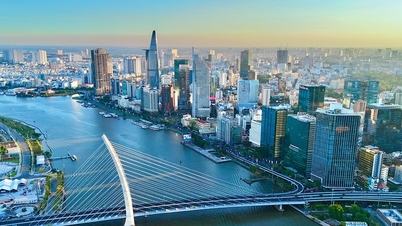

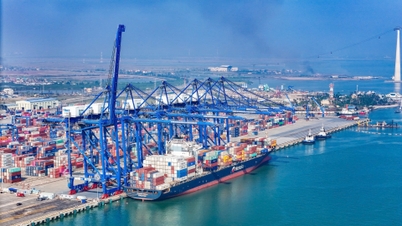

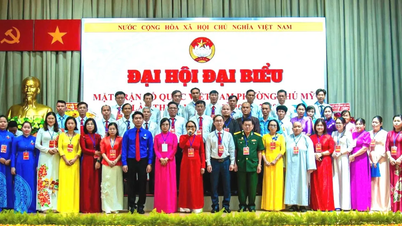
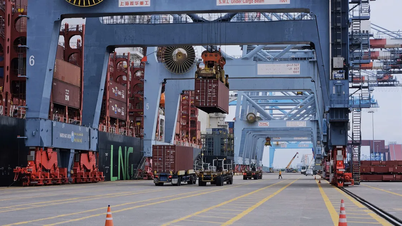
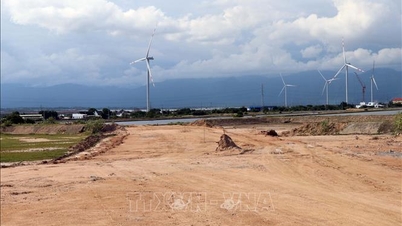








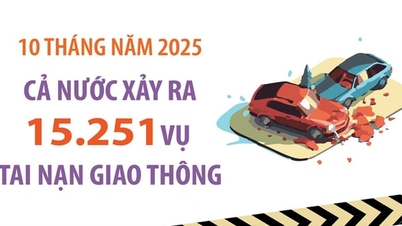













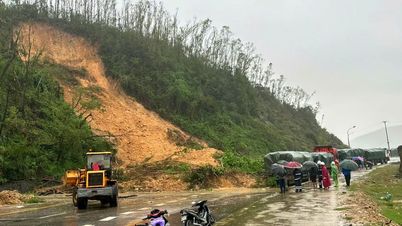


![[Video] Hue Monuments reopen to welcome visitors](https://vphoto.vietnam.vn/thumb/402x226/vietnam/resource/IMAGE/2025/11/05/1762301089171_dung01-05-43-09still013-jpg.webp)





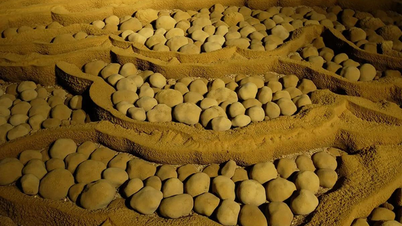











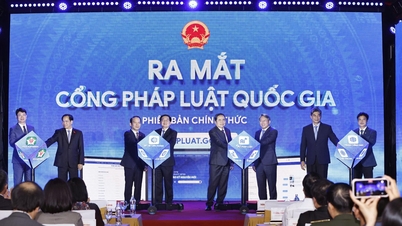














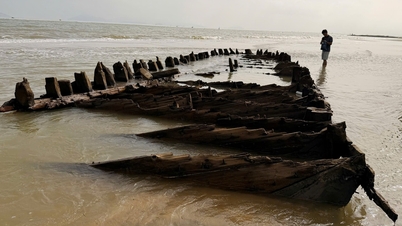
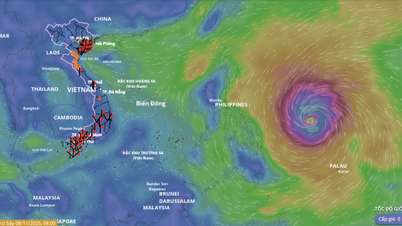



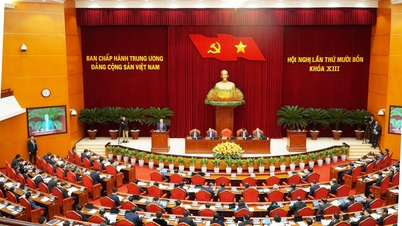



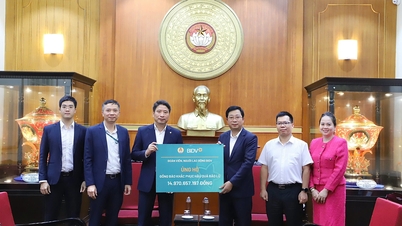
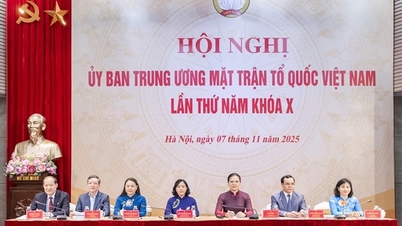
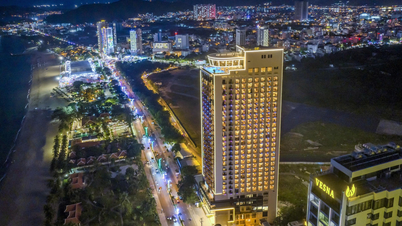



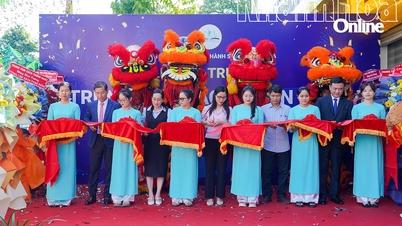





















Comment (0)